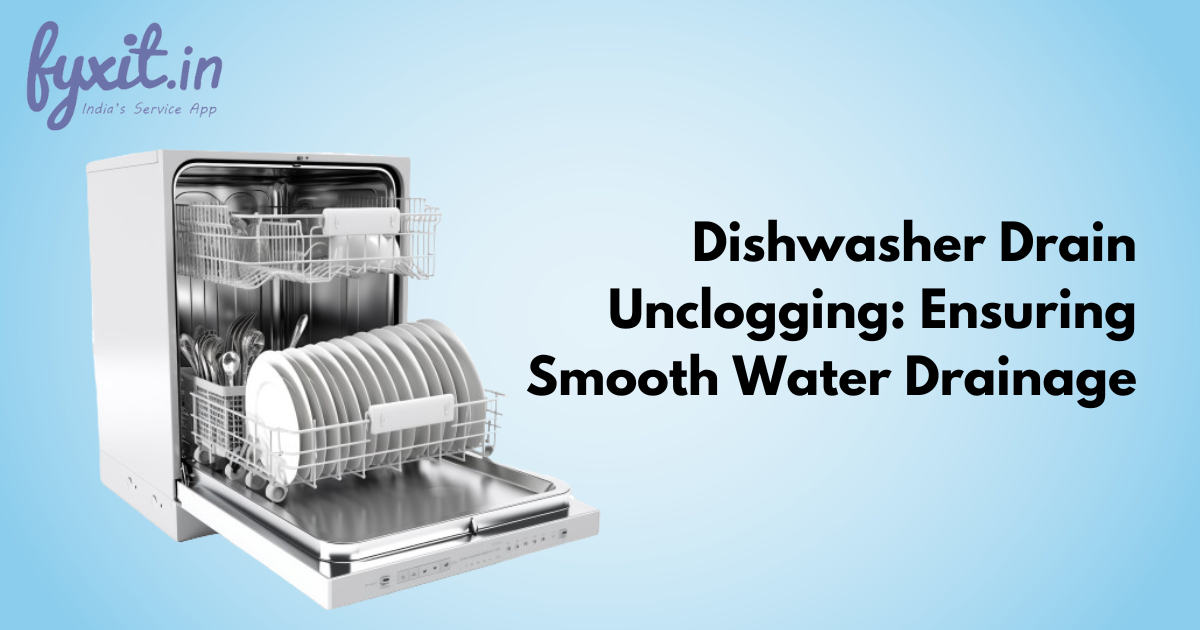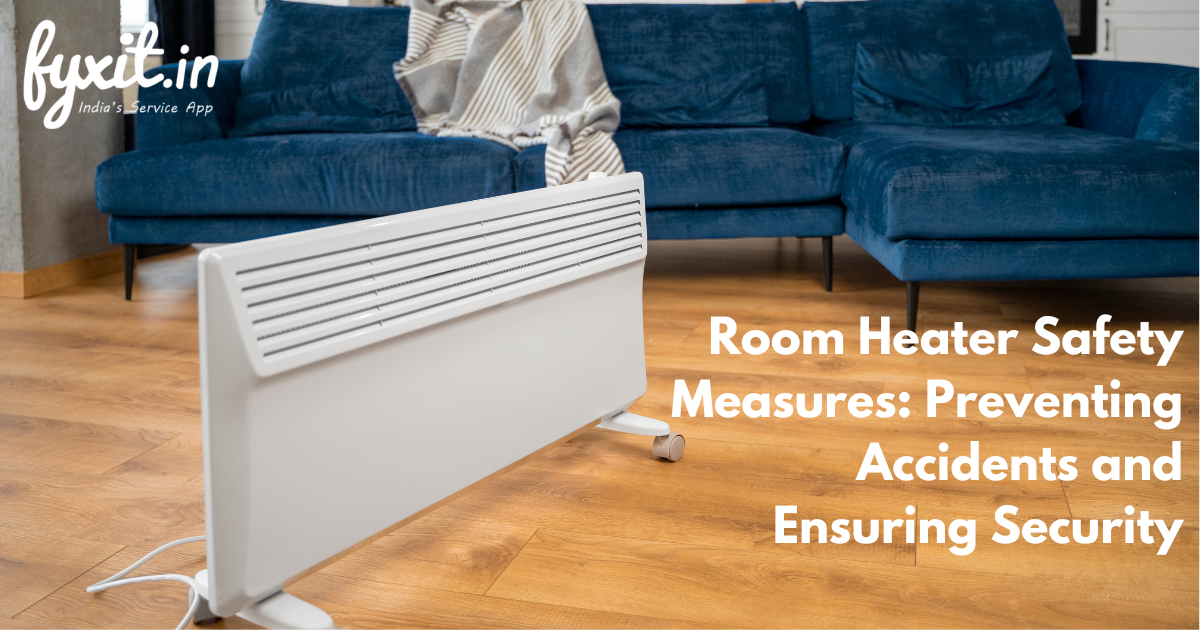In the realm of water heaters, an often overlooked but crucial component plays a silent yet vital role in preserving the integrity of the tank— the anode rod. Water heater anode rods are unsung heroes that sacrifice themselves to protect the tank from corrosion, extending the lifespan of the entire system. Here, we will delve into the importance of anode rods, their function, types, maintenance, and how they contribute to the longevity and efficiency of water heaters.
Table of Contents
The Role of Anode Rods in Water Heaters
Corrosion Prevention:
The primary function of an anode rod is to prevent corrosion within the water heater tank. Water, especially in areas with high mineral content, can be corrosive to the metal tank. The anode rod acts sacrificially, corroding in place of the tank to protect it from rust and deterioration.
Chemical Reaction:
Anode rods are typically made of aluminum, magnesium, or zinc, metals more reactive than the steel used in water heater tanks. As the water heater operates, a chemical reaction occurs, with the anode rod corroding instead of the tank. This sacrificial process extends the life of the tank.
Preserving Water Quality:
Anode rods also play a role in preserving water quality. The corrosion process on the anode rod generates hydrogen gas, which helps prevent the growth of bacteria in the tank, contributing to cleaner and safer water.
Types of Anode Rods
Magnesium Anode Rods:
Magnesium anode rods are widely used due to their effectiveness in preventing corrosion. They are suitable for water heaters in areas with soft water and are often preferred for their ability to produce less odor compared to other materials.
Aluminum Anode Rods:
Aluminum anode rods are commonly used in water heaters, especially in areas with hard water. They are lightweight and less expensive than magnesium rods. While effective, they may produce more sediment and odor during the corrosion process.
Zinc Anode Rods:
Zinc anode rods are often used as an alternative to aluminum or magnesium. They provide additional protection against bacteria and fungi. Zinc anodes are suitable for water heaters connected to water softeners.
Importance of Regular Anode Rod Inspection and Replacement
Monitoring Corrosion Levels:
Over time, anode rods gradually corrode, sacrificing themselves to protect the tank. Regular inspection of the anode rod is essential to monitor corrosion levels. Once the rod is significantly corroded, it is crucial to replace it to maintain the tank’s protection.
Extended Tank Lifespan:
Routine replacement of anode rods contributes to the extended lifespan of water heater tanks. Neglecting to replace a corroded anode rod can lead to accelerated corrosion of the tank itself, reducing its longevity and efficiency.
Energy Efficiency:
A well-maintained water heater with a functioning anode rod operates more efficiently. Corrosion inside the tank can reduce heat transfer efficiency, causing the heating element to work harder and consume more energy.
Steps for Anode Rod Inspection and Replacement
Locate the Anode Rod:
The anode rod is usually located on top of the water heater or attached to the hot water outlet. It is a long metal rod that extends into the tank.
Turn Off the Heater:
Before starting any inspection or replacement, turn off the power supply to the water heater. This ensures safety during the process.
Drain Some Water:
To access the anode rod, drain a small amount of water from the tank. This step helps prevent water spillage during the inspection and replacement.
Inspect the Anode Rod:
Carefully inspect the anode rod for signs of corrosion. A corroded rod will have pitting or significant wear. If more than 6 inches of the core wire is exposed, it’s time for a replacement.
Use a Socket Wrench:
To remove the anode rod, use a socket wrench. Turn it counterclockwise to loosen and remove the rod. Some rods may have a hex head, requiring an adjustable wrench.
Replace with a New Anode Rod:
Once the old anode rod is removed, replace it with a new one. Ensure that the new rod is of the same material as the old one. Tighten it using a socket wrench.
Turn On the Heater:
After replacing the anode rod, turn the power supply back on and allow the water heater to heat up. Regularly check the rod for signs of corrosion and perform replacements as needed.
Benefits of Well-Maintained Anode Rods
Corrosion Protection:
Well-maintained anode rods provide continuous protection against corrosion, preserving the structural integrity of the water heater tank.
Extended Tank Lifespan:
Routine inspection and replacement of anode rods contribute to the extended lifespan of water heater tanks, avoiding premature failure due to corrosion.
Energy Efficiency:
An efficiently operating water heater with a functioning anode rod consumes less energy, leading to cost savings and reduced environmental impact.
Improved Water Quality:
The sacrificial action of the anode rod helps maintain cleaner water by preventing the growth of bacteria and minimizing sediment buildup in the tank.
Cost Savings:
Investing in anode rod maintenance is a cost-effective measure compared to the potential expenses associated with tank corrosion and water heater replacement.
Conclusion
Water heater anode rods may go unnoticed, but their role in preserving the lifespan of water heater tanks is indispensable. Regular inspection and replacement of these sacrificial components not only protect against corrosion but also contribute to energy efficiency, cleaner water, and cost savings. As homeowners prioritize the maintenance of their water heaters, understanding the significance of anode rods ensures the unsung heroes continue their silent work, prolonging the life and efficiency of water heater systems.



